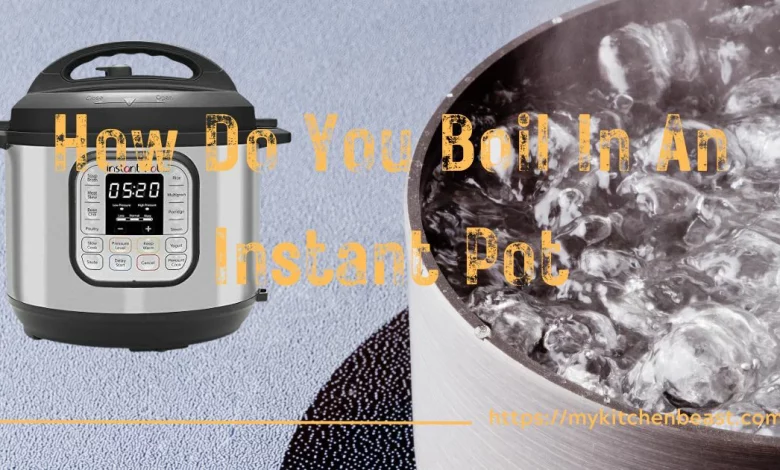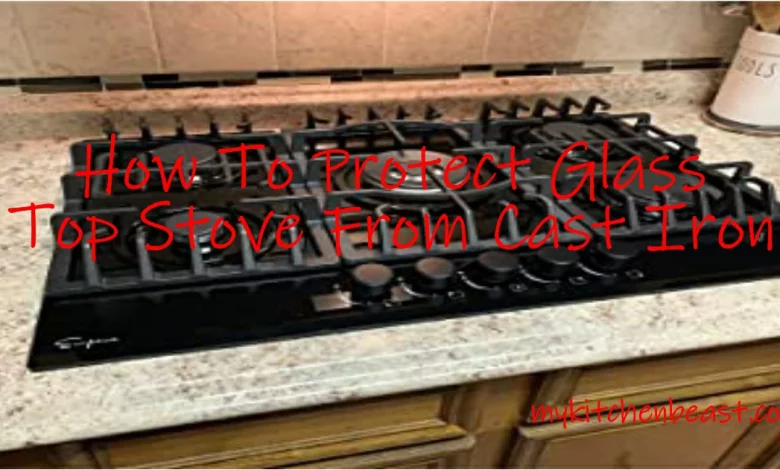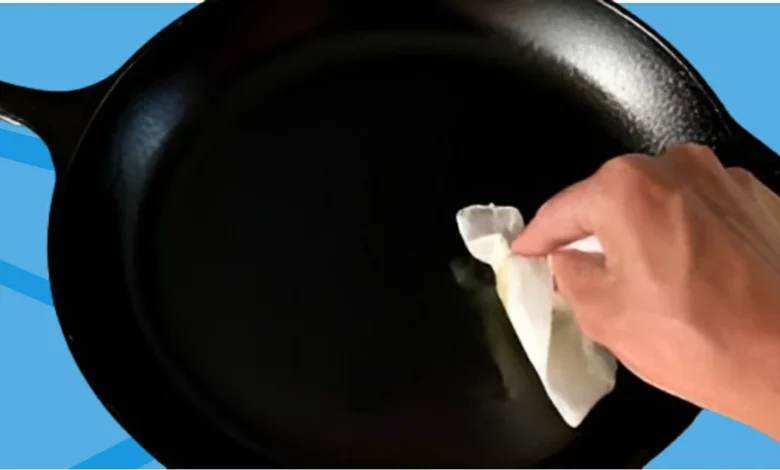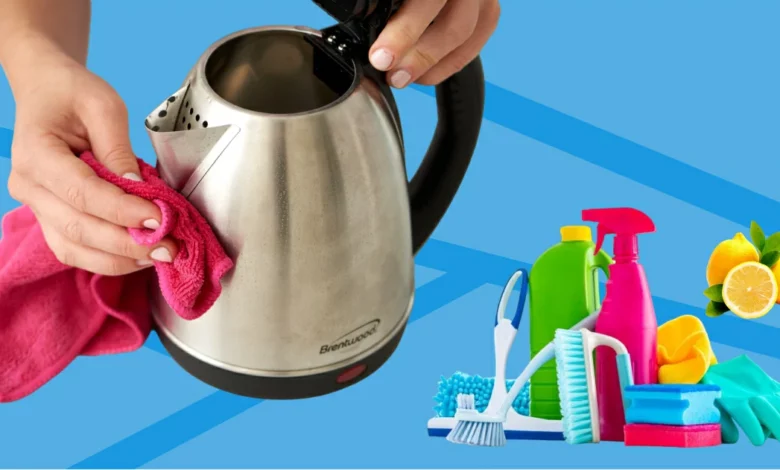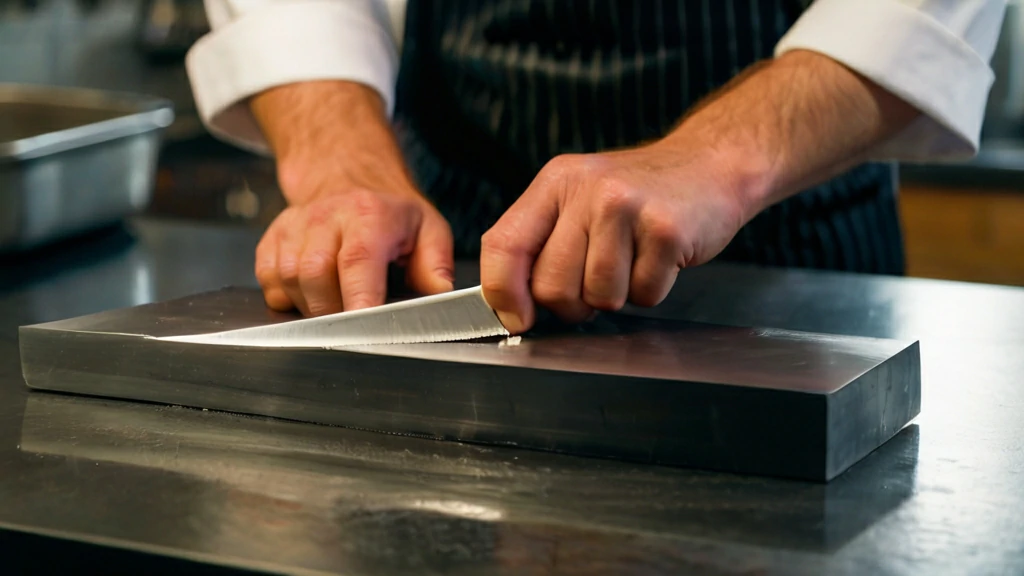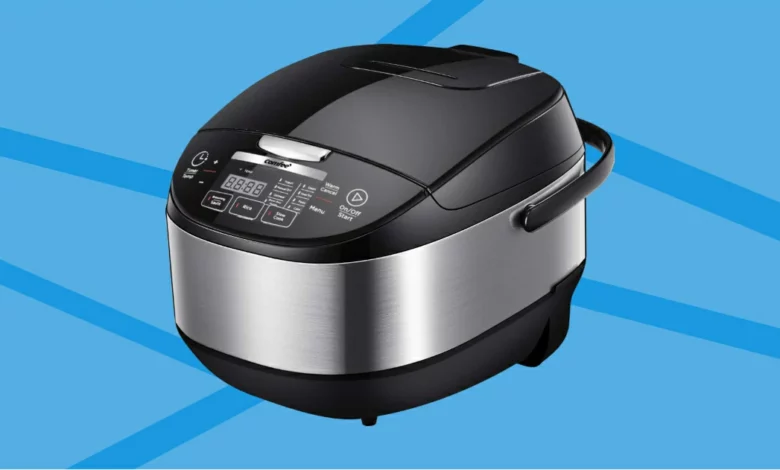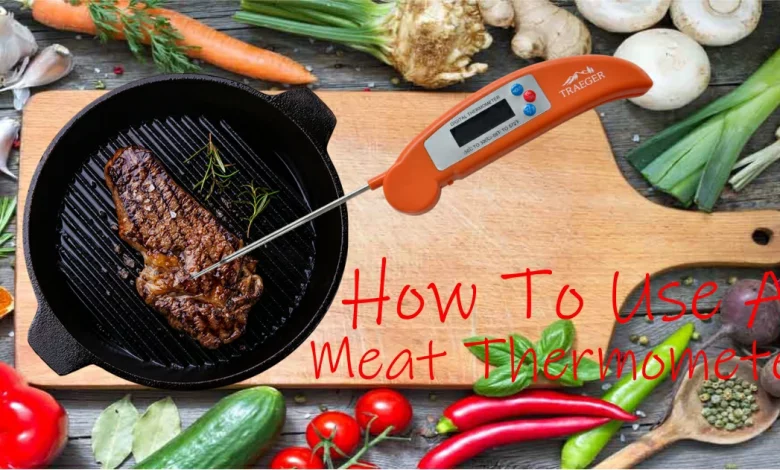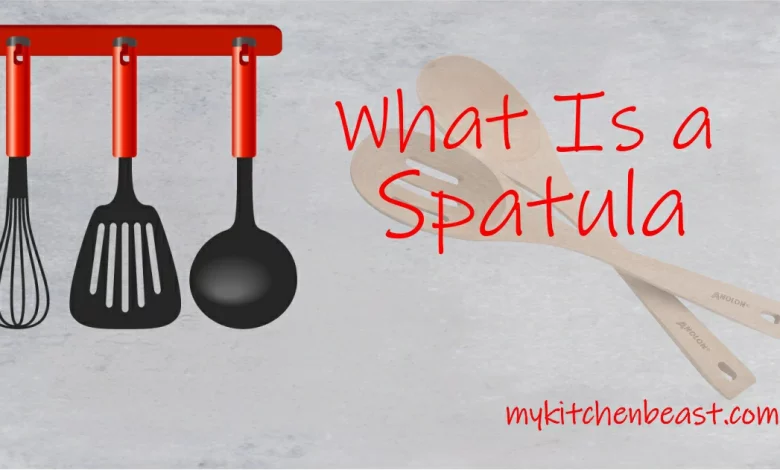Boiling in an Instant Pot is a quick, efficient, and energy-saving way to prepare various ingredients, from eggs and vegetables…
Read More »Blog
Welcome to our Blog section, where we aim to be your definitive guide for all your kitchen product needs. Whether you’re setting up a new kitchen or looking to upgrade your existing tools, we’ve got you covered. With our expert’s comprehensive guide, how-to articles, and expert recommendations, we’ll help you navigate the vast landscape of kitchen gadgets, appliances, and essentials. Trust us to steer you in the right direction, ensuring your kitchen has the best.
People enjoy glass top stoves for their sleek and modern appearance, yet they require extra care compared to traditional stoves.…
Read More »Cast iron skillets are a great way to cook, but they can be difficult to clean if you don’t know…
Read More »Making sure your tea kettle stays in good shape is important for making the best cup of tea. Over time,…
Read More »Sharpening a knife is an essential skill for any cook, but it can be difficult to do without the right…
Read More »A rice cooker is a beloved kitchen appliance that simplifies the process of cooking fluffy, perfectly steamed rice. However, just…
Read More »The air fryer is a popular kitchen appliance because it enables users to prepare meals using hot air instead of…
Read More »Air fryers are a popular kitchen appliance that can be used to cook a variety of foods quickly and easily.…
Read More »Meat thermometers are an essential tool for any cook, whether you’re a beginner or a seasoned pro. They allow you…
Read More »A spatula is a versatile kitchen tool that can be used to flip, scoop, and move food, among other things.…
Read More »